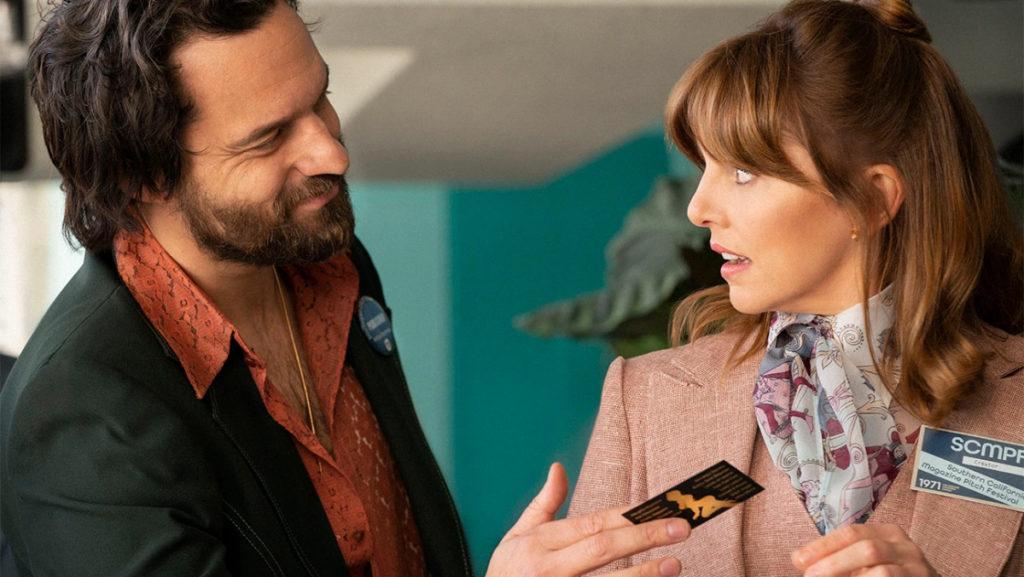Television has been around since the early 20th century, but the traditional format of serialized television has vastly changed since the beginning of its existence. The introduction of streaming has played a significant role in how we consume media and the varying shapes that said media now takes. For example, the lengths of television episodes are more relaxed than they once were. The industry standard of 30-minute comedies and hour-long dramas is now more flexible than ever. Plenty of shows still adhere to this format, even when made solely for Netflix, Hulu, etc., but plenty of straight-to-streaming shows have quite a bit of variation in their episode lengths. The most staggering example of this would be the “Stranger Things” Season Four finale, which comes to a whopping 2 hours and 19 minutes. The rest of the episodes in that season are all over an hour as well.
Streaming has also provided a place for shows to be made that may otherwise not have been able to exist. The sheer amount of television shows that are available to stream is so high that ones with a lesser-known cast and creative team can easily get buried. Even shows like “Genera+ion,” which was wonderfully written and acted and garnered a decent fanbase during its time on HBO Max from March 2021 to August 2022, did not have the big names and massive amount of viewers that now seem to be necessary for a streaming show to be renewed.
Cable television is a whole other beast. Procedurals like “Law & Order” and its many spin-off shows can go on for years and years with no end in sight and certainly no fear of cancellation. Even with a dip in cable viewership, the shows will still continue. This is unheard of in streaming unless the show is a wild, unexpected success like “Stranger Things.” Netflix would gladly milk “Stranger Things” for all it is worth and spend millions upon millions of dollars producing new seasons as long as they can while at the same time canceling other shows before their stories are over. This has been happening for years now with the cancellation of “Sense8” in November 2017 and “GLOW” in October 2020.
So what’s changed if streaming services have been canceling shows before their stories are fully over for years? Well, plenty, actually.
The most recent phenomenons in streaming are renewal reversal and, most importantly, streaming services removing their own original content from their platforms. A prominent example of this is the HBO Max Original Series “Minx.” The show was relatively successful and well-liked when it first debuted on the streaming platform in March 2022 and was renewed for a second season in May, about a month after the final episode of the first season became available to watch.
In December 2022, HBO Max decided to cancel “Minx” as it was nearing the end of filming on the second season. The show’s first season was then completely wiped from HBO Max and no longer able to be viewed on the streaming service. Thankfully, Starz picked up the second season and will be releasing that on their site along with the first season. However, other shows have not been so lucky.
“Westworld,” “Infinity Train” and “Genera+ion” were also completely removed from HBO Max along with many others, most with no form of physical media existing and often no other streaming home for them to land at like “Minx” and “Genera+ion” (which is currently streaming free on Tubi) did. While these shows had already completed their run prior to their removal, it is still a devastating loss that is terrifying for creatives. Many, many people poured their blood, sweat and tears into these shows, only to have their work erased by the very company that funded their project.
Each week, more and more examples of this pop up. Just recently, on February 1, 2023, Paramount+ removed Jordan Peele’s reboot of “The Twilight Zone” from its platform, a show made specifically for Paramount+. On Feb. 13, Netflix followed suit, announcing that it will be removing “Arrested Development” including the two seasons that it produced as Netflix Original content.
The ultimate question now is: Why are these large media corporations deleting their own projects? The answer to that would be money. In removing their own content, they save money on residual checks to actors and creatives. These shows can also then become tax write-offs for the streaming services’ parent companies. While money has long been the primary motivation in decisions about media by conglomerates like Disney and Warner Bros., this trend has wildly harmful implications for the future of television.
As cliché as it probably sounds now, streaming is the future, which is why this is so concerning for many who work in the industry or would like to pursue a career in television. It takes agency away from the artists who worked diligently to produce these shows. For their work to be scrapped or no longer able to be viewed by the public for the sake of these already insanely rich companies saving money is disheartening, to say the least, and discouraging to all those who hope to create streaming content in the future.






